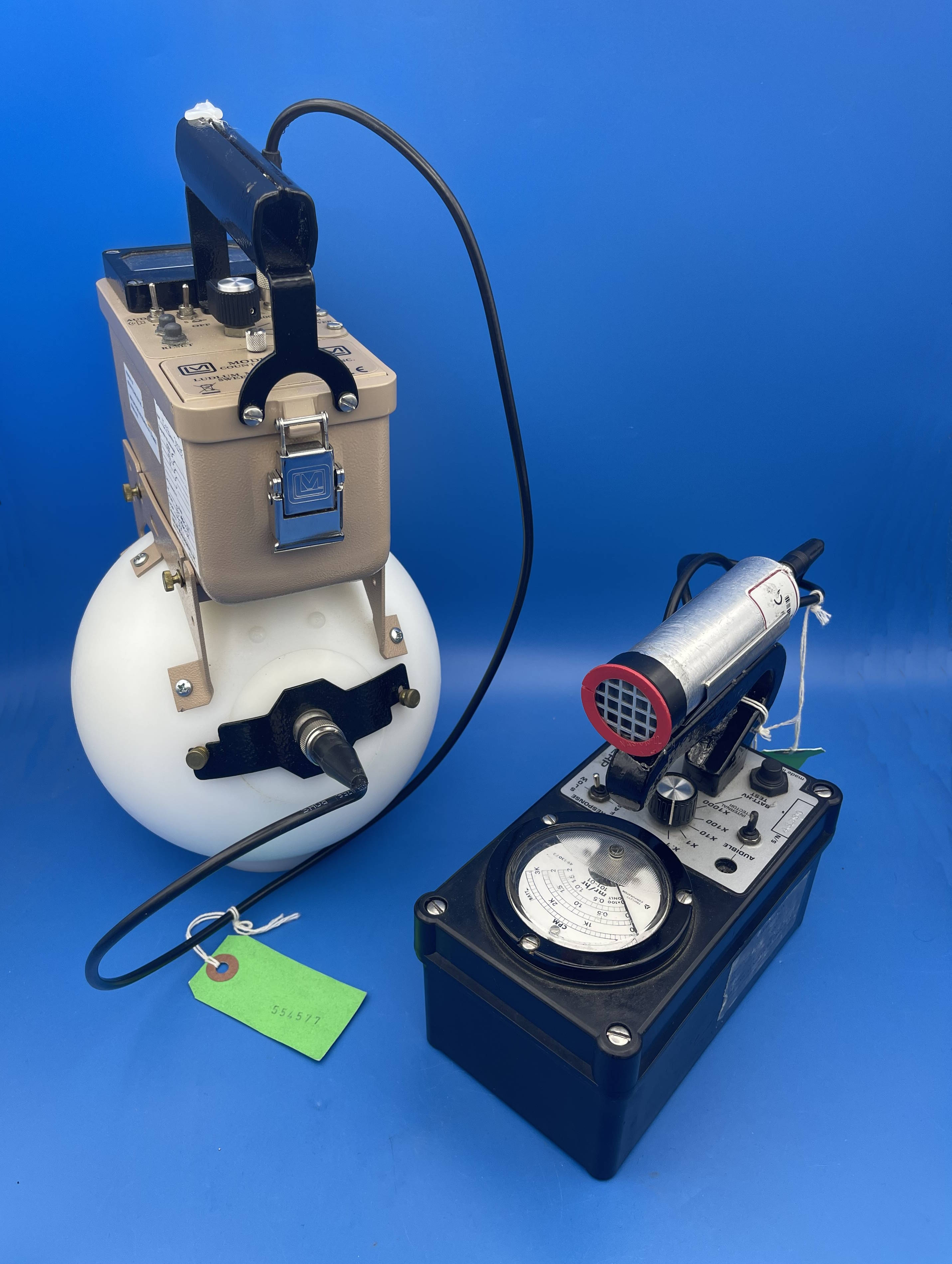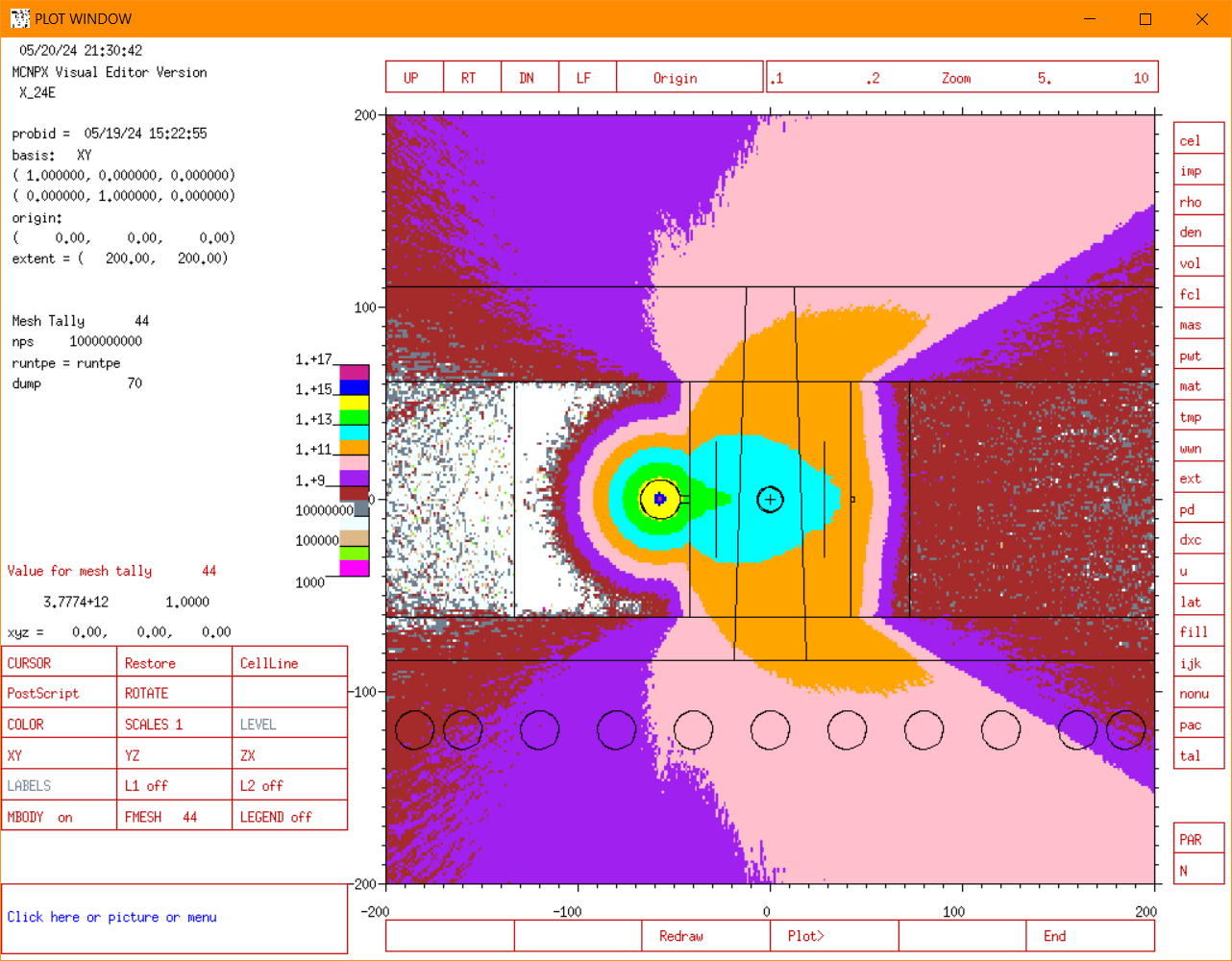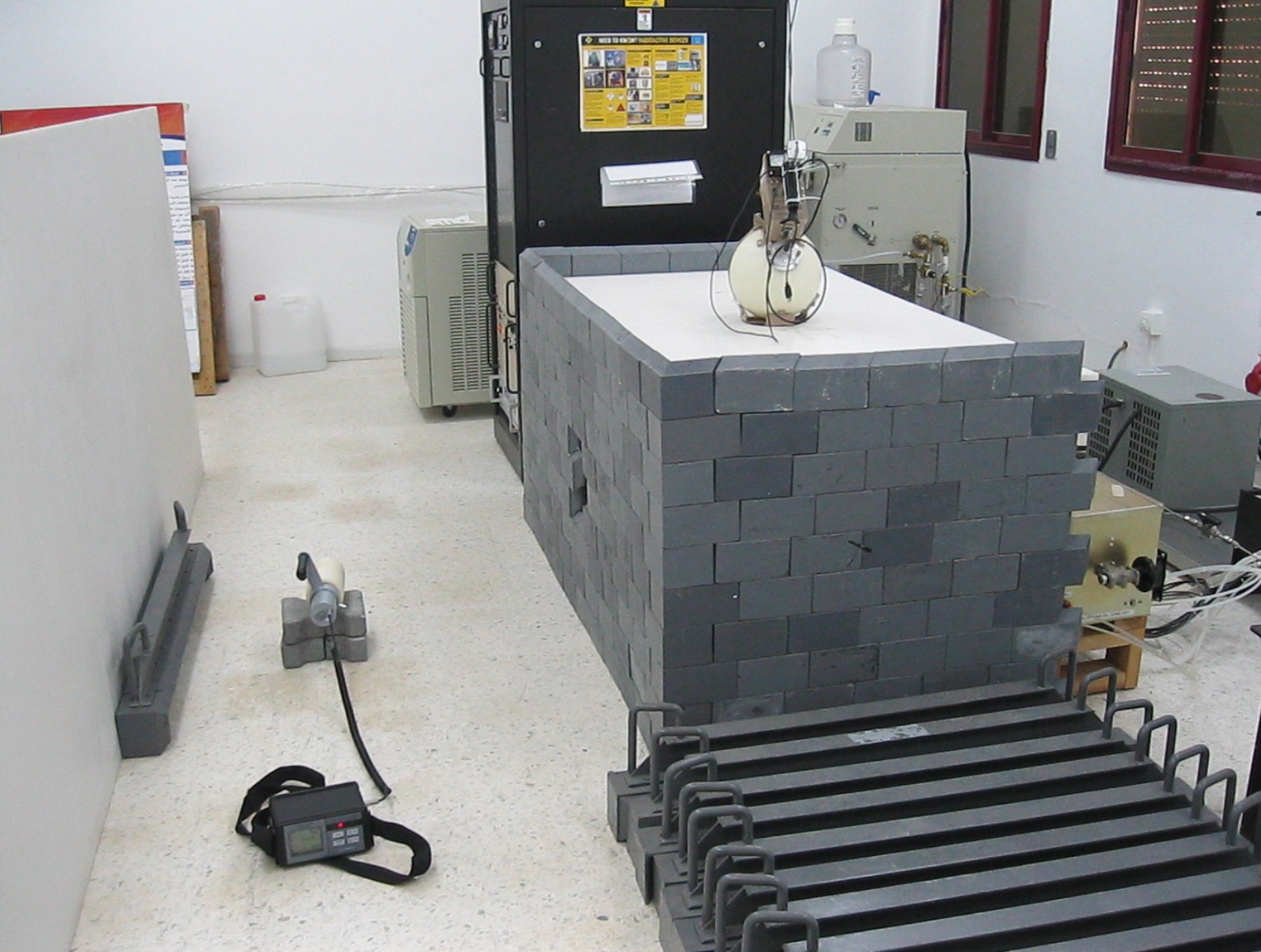Radiation Safety Compliance
Adelphi has deployed more than a hundred generators world wide (to every continent except for Antarctica). Users need to comply with their local regulations and Adelphi is very familiar with guiding customers through their regulatory approval process. In our experience the regulations are essentially the same across the globe. To summarize:
- D-D generators are typically registered as a radiation producing machines (as is true for an X-ray machine in a dentists office).
- D-T generators are listed as radiation producing machines, and the tritium that they contain is usually then added to your organization’s Radio-Active Materials (RAM) license.
Monitoring of radiation is achieved using Geiger tubes (for X-rays) and Bonner Balls (for neutrons), and regulations typically stipulate the these detectors are maintained ‘in calibration’. The dose rates to humans can then be engineered to be below the required limits to either the general public (lower doses) or monitored radiation workers (permits higher doses). The guiding principle being to maintain exposure to levels that are “As Low As Reasonably Achievable (ALARA)”, (https://www.nrc.gov/about-nrc/radiation/protects-you/protection-principles.html, https://www.osha.gov/ionizing-radiation/control-prevention) and this is performed via “Time”, “Distance” and “Shielding”. “Time” is achieved by restricting hours of operation, “Distance” is achieved by restricting access (‘roping off areas’) and “Shielding” is performed by placing radiation absorbing materials between the generator and any humans. The lower yield (10^8 n/s D-D) generators require minimal shielding (just a few inches of plastic). The high yield (10^10 n/s generators) are typically sited in a radiation vault facility. Adelphi can provide custom shielding, which is usually highly specific to the application and the particular generator that is used, as well as the details of the customer’s facility. Adelphi can model the radiation fields using radiation transport codes (mcnp or Geant4), or can advise our customers how to perform their own modelling. Adelphi can also fabricate shielding.
Adelphi’s Radiation Safety Officer (RSO) would be happy to guide you through your process and advise you for your specific needs.
The subject of radiation safety is quite extensive, some references are given below. Only a very small subset of these texts are actually relevant to neutron generators and we would be happy to advise if in your particular circumstances there is something to consider. Most custmers simply site the generator at a given location, they may add shielding to reduce the dose to 'general public' levels outside of their laboratory if necessary, and they maintain calibrated Radiation detectors to verify that this is the case.
William H. Hallenback
“Radiation Protection”
ISBN 9780873719964 CRC Press, 1994
This text/reference provides an excellent introduction to fundamental topics in radiation protection, including energetics, kinetics, interaction, external radiation protection, dosimetry, standards, and measurement. Chapters on radioactive waste and radon, topics not normally covered in introductory texts, have been incorporated as well. An extensive glossary of terms, abbreviations, acronyms, physical constants, units, and unit conversions provides a ready source of frequently needed information. Several appendices contain specifications and vendors for commercially available portable radiation survey instruments, personal dosimeters, and radon/radon progeny monitors. Source: Publisher
https://www.routledge.com/Radiation-Protection/Hallenbeck/p/book/9780873719964
https://www.google.com/books/edition/Radiation_Protection/IzwKEAAAQBAJ?hl=en&gbpv=0
James E. Turner
“Atoms, Radiation, and Radiation Protection”
Print ISBN:9783527406067 |Online ISBN:9783527616978
|DOI:10.1002/9783527616978 Copyright © 2007 Wiley‐VCH Verlag GmbH & Co. KGaA
Atoms, Radiation, and Radiation Protection offers professionals and advanced students a comprehensive coverage of the major concepts that underlie the origins and transport of ionizing radiation in matter. Understanding atomic structure and the physical mechanisms of radiation interactions is the foundation on which much of the current practice of radiological health protection is based. The work covers the detection and measurement of radiation and the statistical interpretation of the data. The procedures that are used to protect man and the environment from the potential harmful effects of radiation are thoroughly described. Basic principles are illustrated with an abundance of worked examples that exemplify practical applications. Chapters include problem sets (with partial answers)... Source: Publisher
https://onlinelibrary.wiley.com/doi/book/10.1002/9783527616978
Michael G. Stabin
“Radiation Protection and Dosimetry - An Introduction to Health Physics”
Springer-Verlag New York 2007, Hardcover ISBN978-0-387-49982-6 Published:
23 August 2007, Softcover ISBN978-1-4419-2391-2 Published: 29 October 2010, Springer 2007
This text is meant to serve as the basis for a two-course series in the study of radiation protection (a. k. a. “health physics”). The first course would be an introduction to and fast-paced overview of the subject. For some, this is the only course in radiation protection that they will take, and thus all material must be covered in a fairly super?cial and rapid fashion. The second course is a more in-depth and applied study of radiation protection, bringing in current materials from the literature, a detailed study of regulations, practice with real-world dose shielding calculations, and perhaps application in a semester-long student project assigned by the instructor. Several chapters include an additional section of suggested readings and other resources that can be used by the instructor to build such detailed investigations in a second course of this nature. In the first course, the chapter may be basically studied, with reference to the idea that a much richer base exists than can be covered in a broad overview of radiation protection. Through exploration of this literature base, and other similar materials that the instructor be aware of that are not specifically cited, this second, more in-depth course be developed. A routine part of any good health physics program is a complete in radiation detection and measurement. My brief overview chapter here cannot the depth needed for this subject. Source: Publisher
https://link.springer.com/book/10.1007/978-0-387-49983-3
https://www.google.com/books/edition/Radiation_Protection_and_Dosimetry/tXhmo5H_HfIC?hl=en&gbpv=0
Images
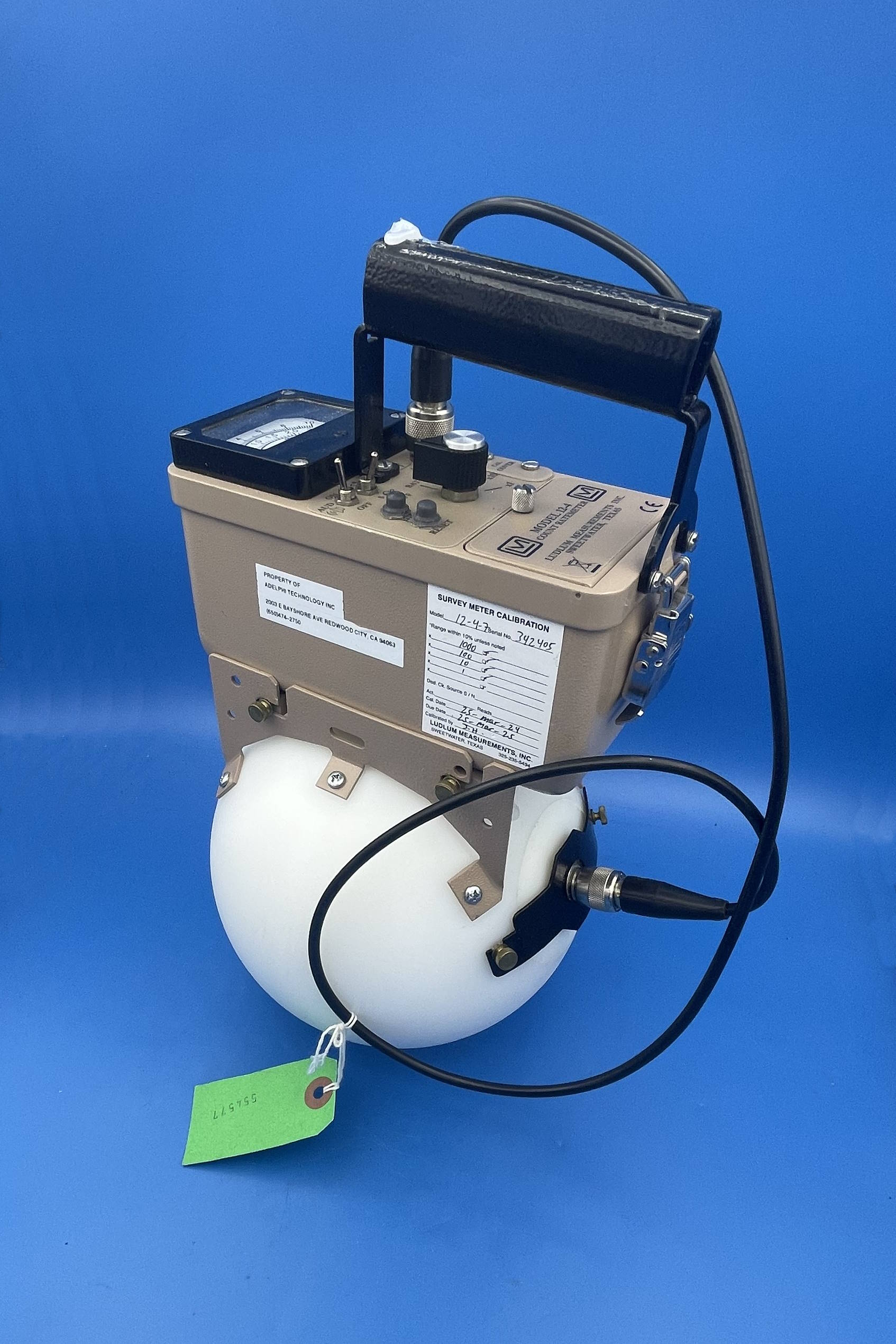
Bonner Ball
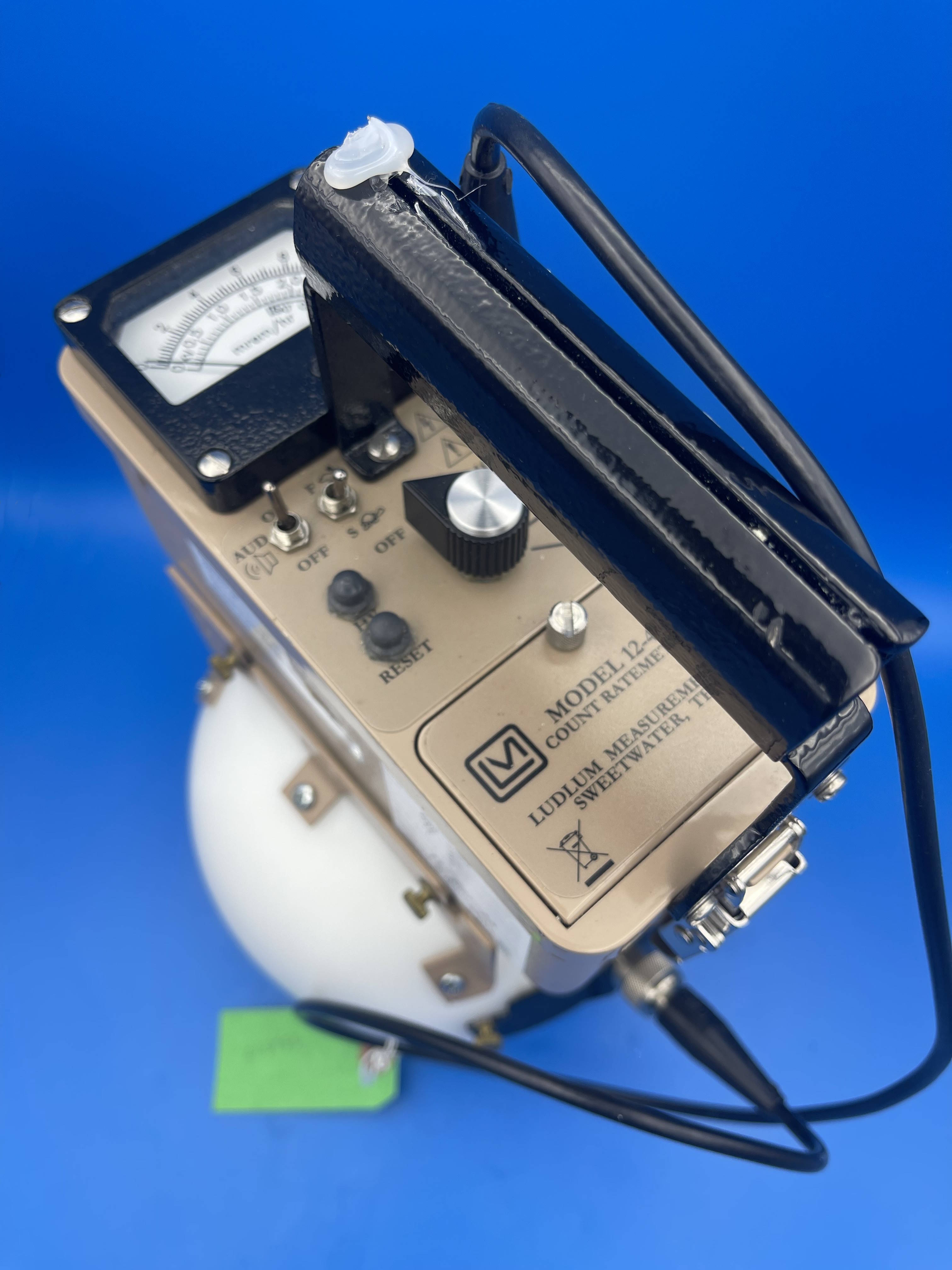
Bonner Ball

Geiger
